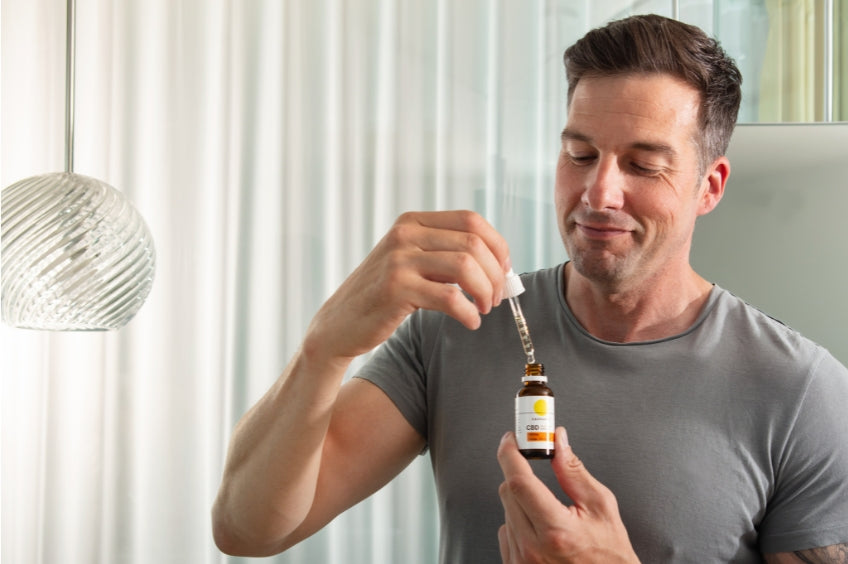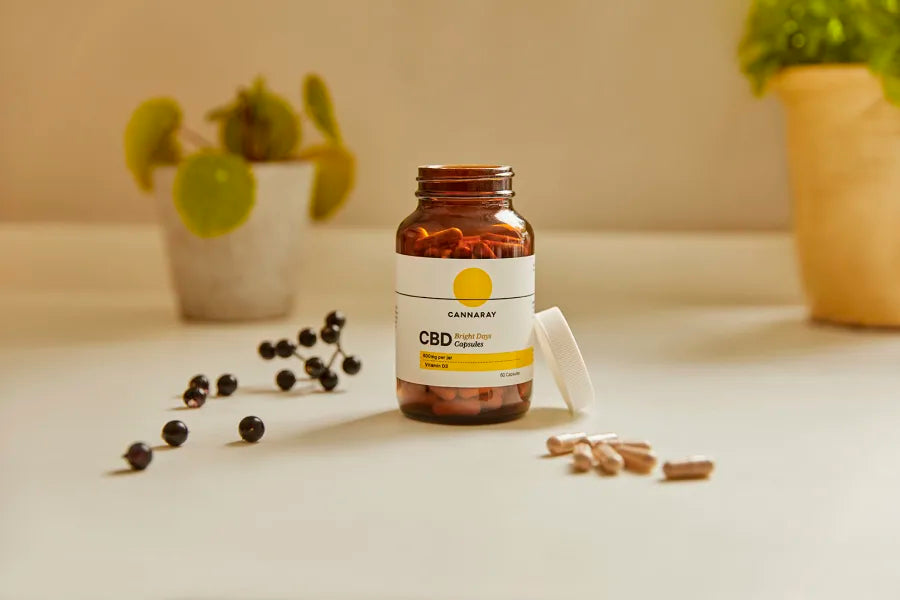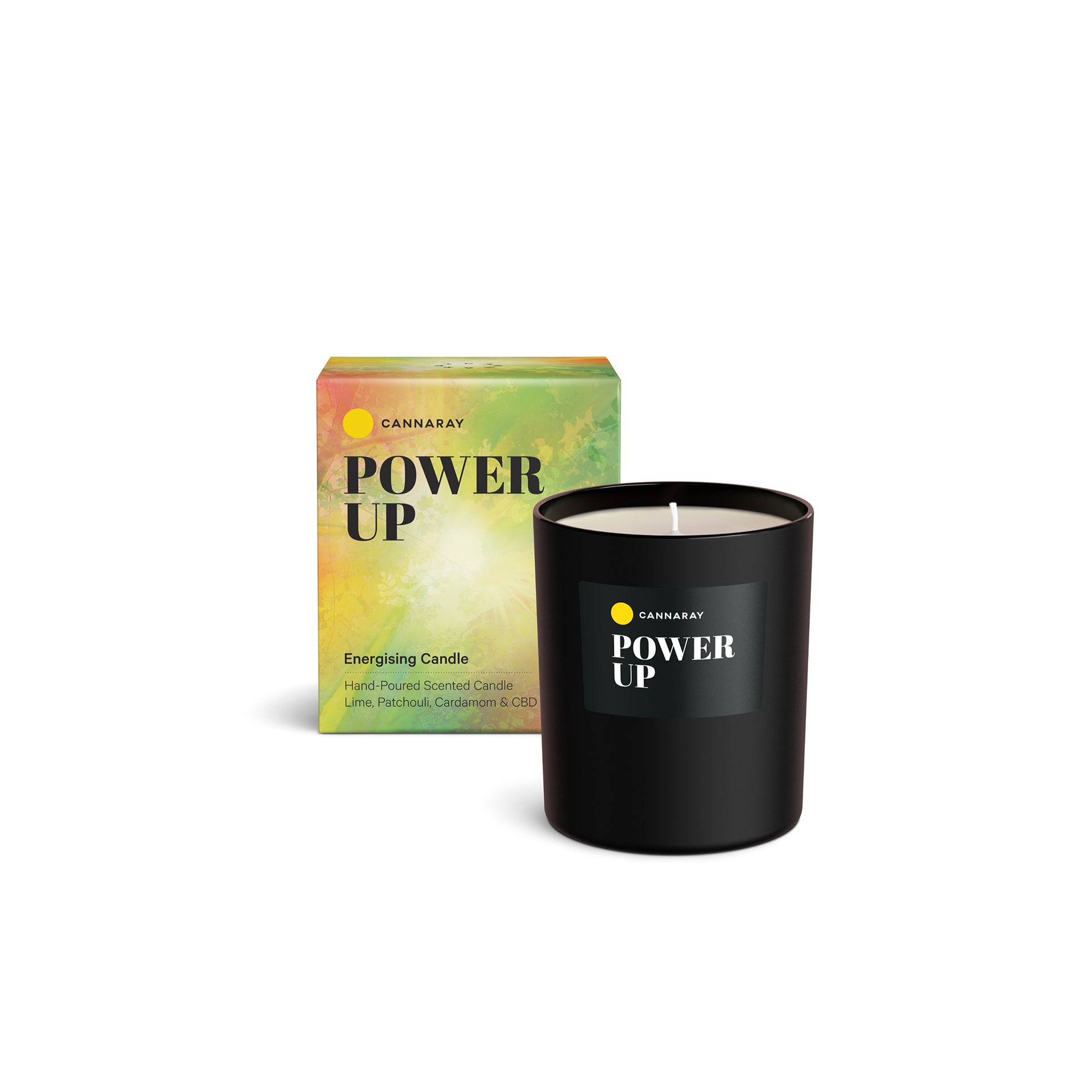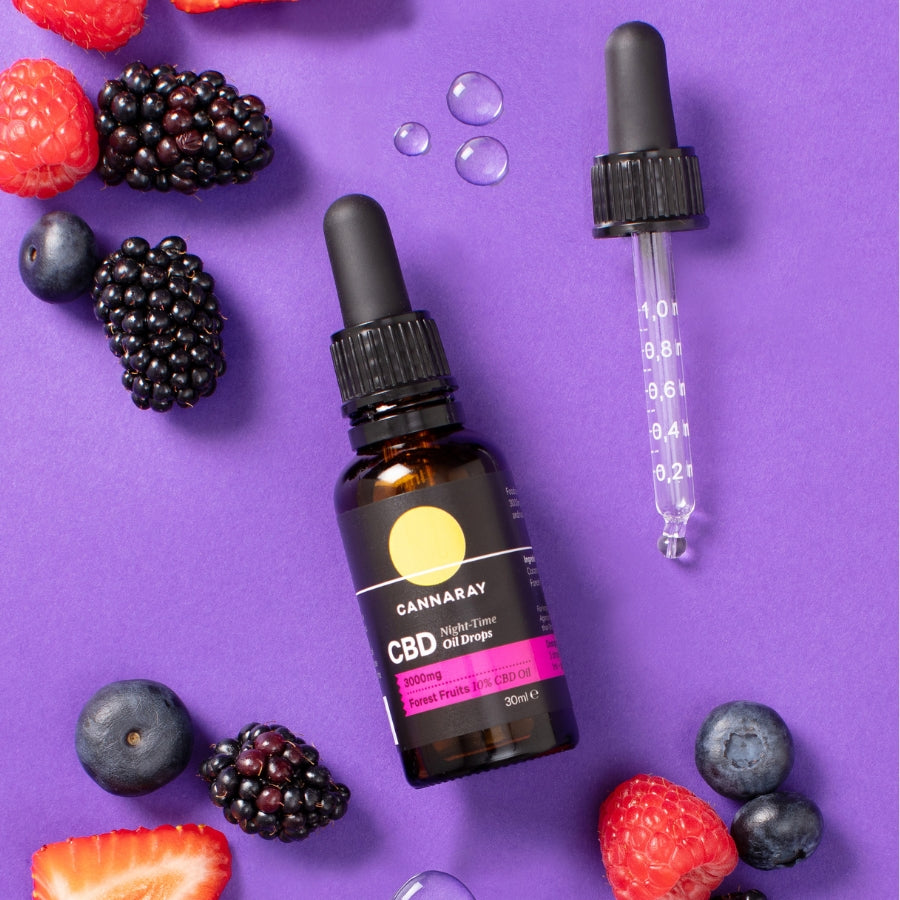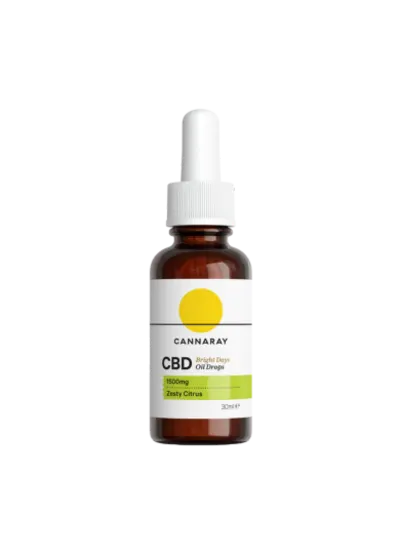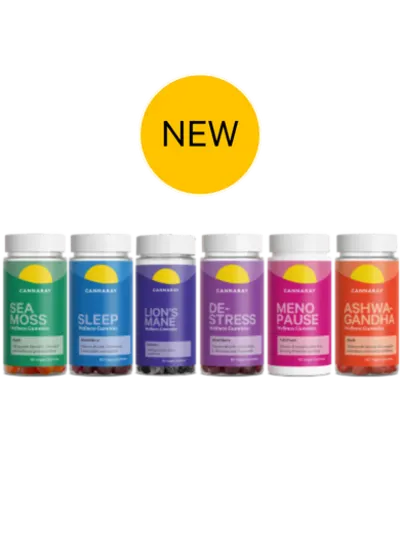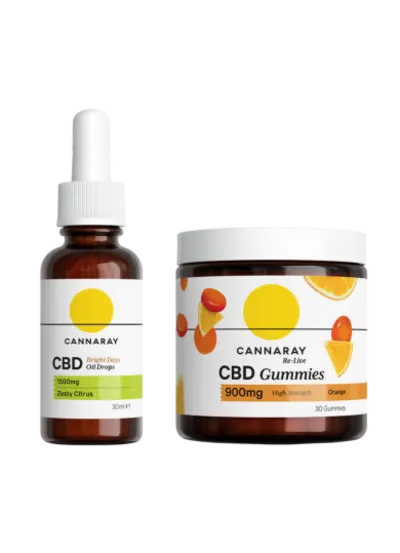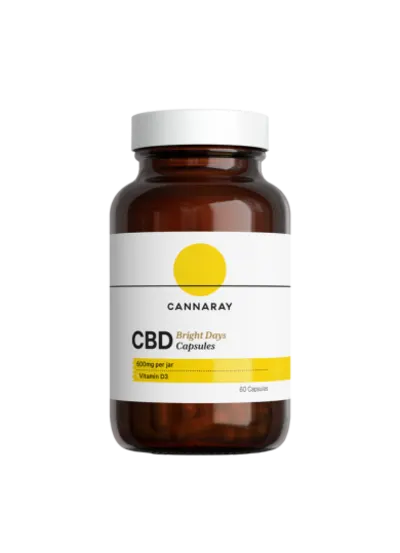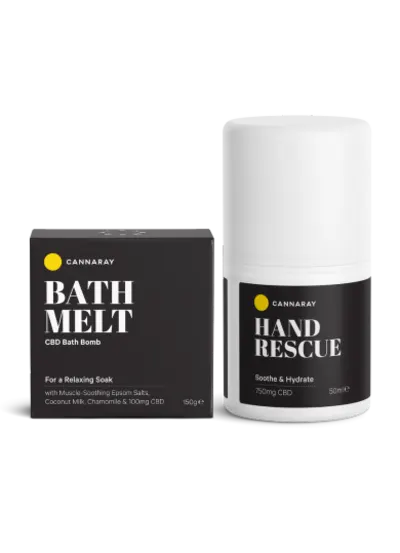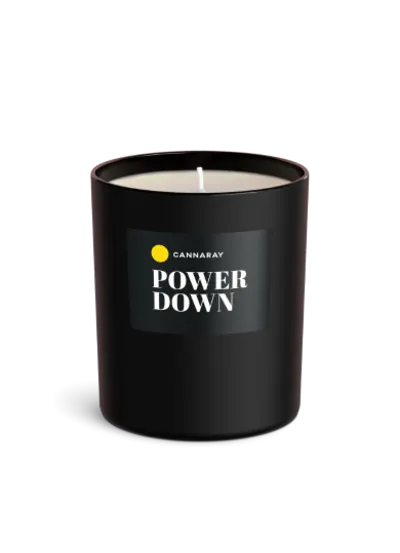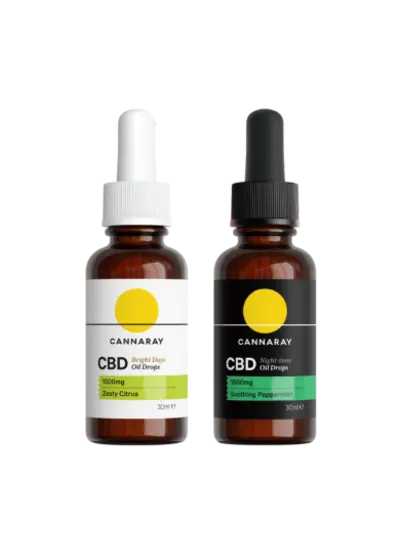Bioavailability of CBD referes to the amount of CBD that can be absorbed into your circulatory system within the body, and the rate at which this happens. This varies between CBD product types, with CBD oils having one of the highest rates of bioavailability.
You might have heard CBD experts talking about bioavailability, but what does it actually mean? And why is it a vital factor when picking CBD products?
Here, we break down everything you need to know about CBD bioavailability, from the most absorbent methods to simple tips that enhance your experience.

What is CBD Bioavailability?
You may already know there’s a host of ways to take CBD, from swallowing a daily CBD capsule to adding a CBD oil to your AM latte or other CBD drinks. However, what you may not know is each product has a different bioavailability rate, meaning some methods allow for easier absorption in the body.
It’s important to keep bioavailability in mind when choosing CBD. You might think increasing the milligrams equals increasing the strength – and whilst this is true, bioavailability also plays a key role. So, let’s look at the options.

CBD with the Highest Bioavailability Rate
Ingesting CBD via an CBD oil, CBD capsule or CBD gummy is the most effective way to take CBD, giving you the next highest bioavailability rate.
CBD oils are applied sublingually, which involves placing a few drops of CBD Oil under your tongue – where the large blood vessels are close to the surface – allowing it to cross the thin membrane and enter directly into your bloodstream. CBD capsules are simple, simply swallow 1-2 with water and let them get to work. And CBD gummies? Simply chew and go.
The fast absorption means CBD Oils enter the bloodstream just 15-30 minutes after ingestion. Try it with our CBD Oil Drops, which are infused with a clean, bright Juniper Lime flavouring that makes sublingual application all the more enjoyable.
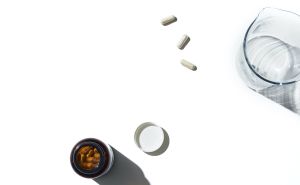
Bioavailability of CBD Food and Drinks
Who doesn’t enjoy a dose of CBD oil in their matcha latte or chocolate brownies? CBD recipes are on the rise and, with so many delicious options, it’s easy to see why. However, because eating and drinking CBD sends it through your digestive system, it’s important to note that those culinary masterpieces will have a lower bioavailability rate.
But, don’t let that stand in your way. Not only do those recipes taste incredible, they also offer a subtler effect for those just starting out with CBD. Simply add a dropper or two of the CBD Oil Drops to your next bake or post-workout smoothie, and the Zesty Citrus or Peppermint flavouring will lend a delicate twist.
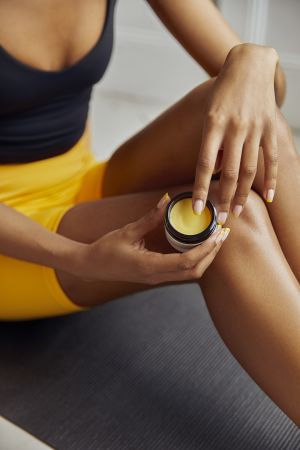
Bioavailability of Topical CBD
Unlike ingestible CBD formats, topical CBD products such as CBD creams and balms don't reach the bloodstream. Instead, CBD products applied to the skin are designed for targeted, localised application.
Try it while giving yourself a massage, working the CBD Muscle Balm into tight necks, shoulders and hands – particularly just before or after a workout. Both are infused with eucalyptus, aloe and arnica, making them kind to skin and pleasingly cooling on tired muscles.
More Ways to Increase CBD Bioavailability
1. Combine CBD with fatty acids
According to a study by the University of Nottingham, fatty acids and medium to long chain triglycerides work as a binding agent to increase the bioavailability of CBD.
2. Increase the concentration
One easy way to enhance the bioavailability of CBD is to use a higher concentration of your go-to product. While this doesn’t make it more absorbent, it does mean more milligrams of CBD will enter your bloodstream.

